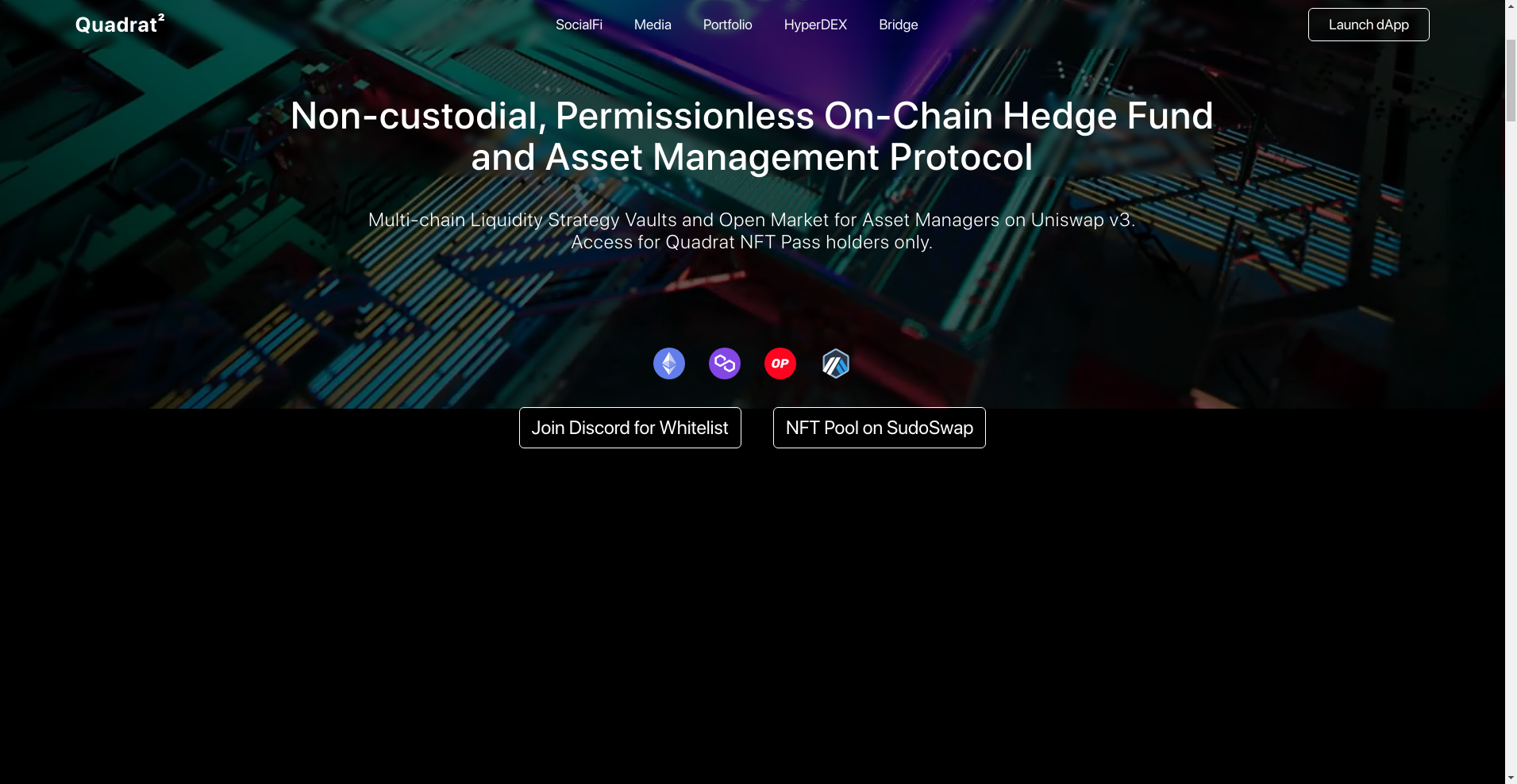Plasma Finance Review: Scam or Legit Crypto? Uncovering All The Red Flags

What Exactly Is Plasma Finance?
Plasma Finance presents itself as a comprehensive Web3 dashboard aiming to be the central hub for all DeFi and NFT-related activities. Its platform promises a range of features, including portfolio management, social finance integration, media sharing, perpetual trading, decentralized exchanges, and blockchain bridging. With a claimed user base of over 200,000 DeFi users, the project projects an image of trust and widespread adoption.
However, with vague descriptions, limited transparency, and claims that seem too ambitious, this article conducts a rigorous investigation to verify whether Plasma Finance's promises hold water or if it masks potential risks and red flags. Is this project a genuine development effort or just another crypto scam alert waiting to happen?

Who Is The Team Behind Plasma Finance?
The credibility of any crypto project heavily depends on its team. In the case of Plasma Finance, there is little publicly available information about the founders or core developers. The platform appears to lack detailed transparency regarding team background, doxxed identities, or established industry reputation.
- There are no verified team profiles or LinkedIn pages linking to the project, raising suspicion about the project’s foundational legitimacy.
- The project's official website offers limited details, focusing more on marketing slogans than on team credentials.
- Roadmap promises innovative DeFi tools, but without a credible team, these remain unverified ambitions.
Overall, the lack of an open, transparent team significantly undermines trust. This opacity makes it difficult to assess long-term viability or accountability, a common red flag in scam-touting crypto projects.
Plasma Finance Security Audit: A Deep Dive into the Code
The only publicly available audit for Plasma Finance comes from Cer.live, which covers approximately 80% of the platform's codebase. While an audit is a positive sign, it does not guarantee safety, especially considering the incomplete scope reported.
- The audit score of 5.85 out of 10 suggests numerous vulnerabilities or security concerns needing attention.
- The platform’s audits show incidents, and the absence of active bug bounties indicates minimal ongoing security testing.
- There is no mention of formal penetration testing or third-party audits for the project's tokenomics or smart contracts beyond the platform itself.
- The audit details, combined with a lack of transparent code repositories, point to potential security risks, especially for investors trusting the protocol with their funds.
Given the limited audit scope and moderate rating, caution is advised. Investors should be wary of vulnerabilities and the absence of ongoing security measures, typical in high-risk DeFi projects that could be exploited or compromised.
Plasma Finance Tokenomics: A Fair System or a Trap?
The native token of Plasma Finance is PPAY, with a total supply of 1 billion tokens. Based on available data, the project emphasizes governance and revenue-sharing mechanisms but offers scant details about token distribution, utility, or vesting schedules.
- Supply & Distribution: Total supply is 1 billion, but the specifics of initial allocations—team, advisors, community, reserves—are not publicly detailed.
- Utility: Token holders are expected to govern the protocol, review strategies, and participate in decision-making. The project claims that fees generated (from protocol performance) will support token value via buybacks and burns.
- Risks: Absence of detailed vesting schedules or lock-up periods raises concerns about potential dump risks, which could heavily depress token value if large holders decide to sell.
Without transparent tokenomics and proper safeguards, investors face the risk of high inflation, sudden dumps, or exploitative token distribution schemes, common red flags in projects that lack credible backing.
Is Plasma Finance a Ghost Town? Checking for Real Activity
The majority of the available information about Plasma Finance hinges on website content and social media links. The project has active social channels like Reddit, Telegram, and Medium, but real-world activity seems limited and somewhat inconsistent.
While the platform claims to serve a large user base, there is no verifiable development progress, recent updates, or active product deployment beyond initial marketing. Several core modules seem to be conceptual or in early development stages, with no meaningful beta or mainnet launch reported publicly.
This discrepancy between marketing claims and tangible activity suggests the project may be experiencing stagnation or could be a speculative project with minimal ongoing development—a hallmark of many crypto projects that are more hype than substance.
What Plasma Finance's Legal Documents Are Hiding
There is little to no publicly available legal documentation such as terms of service, privacy policy, or legal disclaimers. The lack of such essential documents can be a warning sign, as it raises questions about user protections and legal compliance.
- Absence of clear user rights or dispute resolution mechanisms.
- No explicit disclaimers regarding risks or regulatory compliance.
- Potential exposure to jurisdictional or jurisdiction-less legal challenges.
This opacity in legal frameworks increases exposure to regulatory actions and undermines investor confidence, especially in jurisdictions tightening regulations around DeFi and token sales.
Final Verdict: Should You Risk Investing in Plasma Finance?
This investigation reveals a project deep in the hype cycle with limited transparency, questionable security, and suspiciously vague development activity. The lack of a credible team, incomplete audits, opaque tokenomics, and absence of active project updates are major red flags.
Potential investors must exercise extreme caution when considering Plasma Finance. While it claims to offer innovative DeFi tools and a large community, the evidence points more towards a project with high scam risks than a trustworthy platform ready for serious investment.
Positive Points
- Presence of a public security audit (albeit limited in scope)
- Claims of a large user base and active social media channels
- Use of governance tokens and staking mechanisms typical of DeFi
Major Red Flags
- Lack of transparent team and developer credentials
- Moderate security audit score with known vulnerabilities
- Limited or non-existent ongoing development activity
- Vague project scope and no detailed tokenomics
- Absence of legal documentation to protect users
In summary, our Plasma Finance review indicates high risks that investors should carefully consider before risking their funds in this project. Conduct thorough crypto due diligence, and be wary of projects that lack transparency and credible audits.

James Carter
Chief On-Chain Analyst
On-chain analyst with a background in financial fraud detection. I use data science to dissect blockchains, find the truth, and expose scams. My motto: code doesn't lie.
Similar Projects
-
Frax
Frax Review: Is This Stablecoin Scam or Legit? Scam Check & Analysis
-
Akropolis
Akropolis Review: Scam or Legit Crypto? Scam Check & Legitimacy Analysis
-
Manhattan Project $BUNK
Review of Manhattan Project $BUNK: Crypto Scam Checker and Project Analysis
-
MANA.WIN
Crypto Project Scam Checker Review: Is MANA.WIN a Safe Investment or Scam?
-
sUSD
sUSD ($TICKER) Review: A Deep Dive into Its Tech & Risks